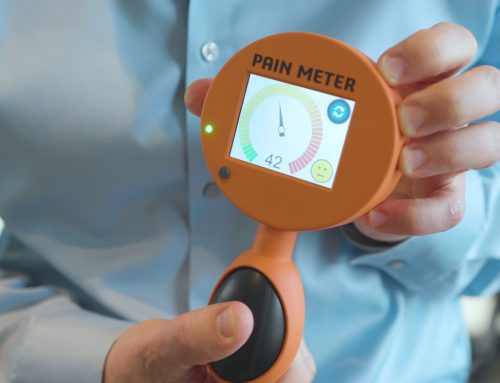Many of you have heard me talk about the levels of dynamic compression and degeneration of spinal discs.
And others may have heard me speak about the research drive I have to improve better therapeutic interventions for differing levels of degeneration. Exciting research is coming to the forefront like this that shows how degenerative discs respond differently to manual treatment when compared to non-degenerated discs. They concluded that when a disc is degenerated, it requires a different approach to manual-based treatment. I have found the same and believe that certain spines require more of a decompression-like approach.
Every spine is a little different and I work to find the the optimal treatment to each and every individual patient that walks into my care. It may take me a couple visits ( or more ) to find that treatment style that fits your optimal outcome. I appreciate the opportunity to help and I also appreciate your patience. It is not always a one treatment fits all and I understand that. These researchers are providing the foundation of this very important research question.
Spinal Crack….where is it coming from exactly?
Many of you know that one of the things I enjoy is education. Hand-crafting spine models is something I do on Tuesdays and Thursdays to help other professionals world-wide to improve doctor-patient communication of spine education. Recently, I designed a spinal model to simulate the “spinal crack” with chiropractic manipulation. You can see it here. And you can see it is a separation of the facet joint…a quick stretch to create more space when needed clinically. Spinal joints can get stuck together and the cartilage (blue in the video) rubs together and therefore causes pain. Sometimes all that is needed is a separation of the facet joint to bring someone relief and sometimes it is the disc that requires more treatment in combination.
In spinal health,








[…] (nsLBP) and without a known cause. One potential factor contributing to nsLBP is lumbar degenerative disk disease (LDDD). A common structural disorder that leads to LBP is lumbar IVD extrusion with […]